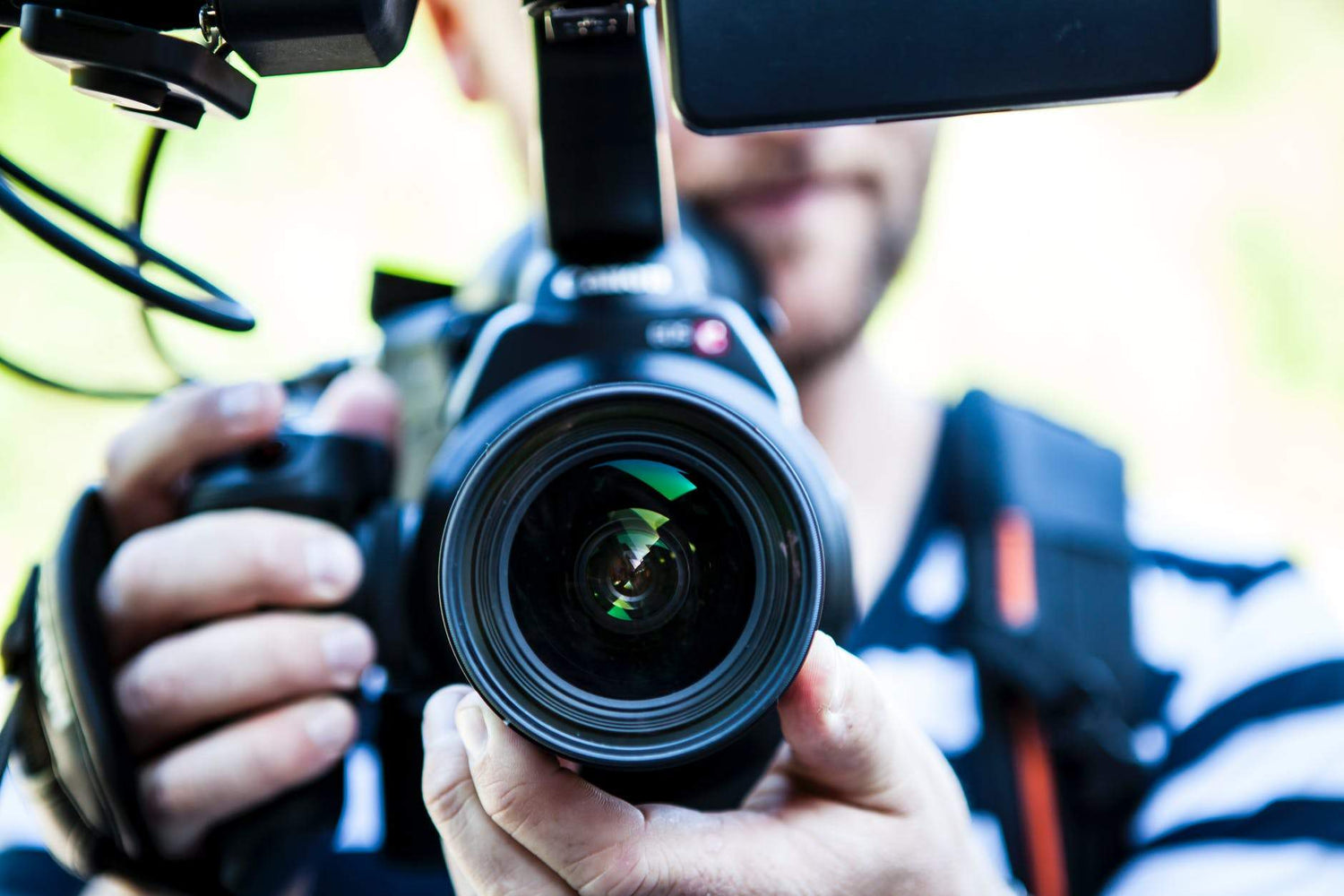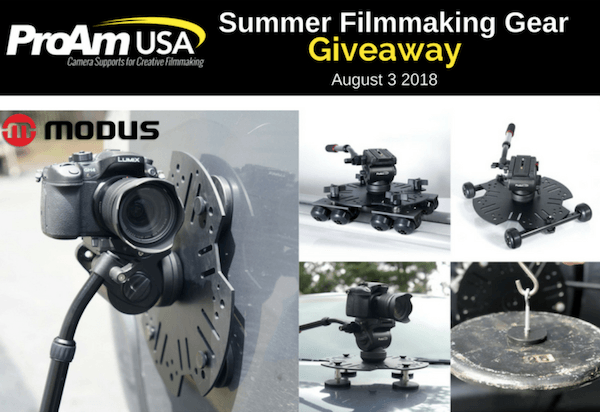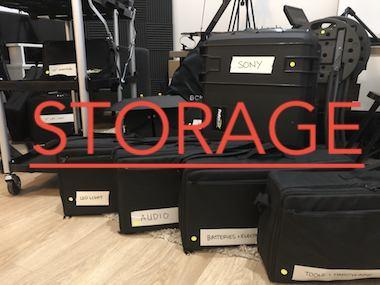Every so often, a low budget film produced with affordable gear comes along that is as good as a blockbuster hit made with a huge budget. So how do they do it? It helps to have great production skills and a creative mind to substitute the high cost of production with available resources.
Low budget indie films can range from different topics and genre, but the most important thing is the story. It has to catch and hold the attention of the audience while being backed up with smart and captivating cinematography techniques. No matter what resources you use in filmmaking, it’s always best to know which genre you work best and constantly improve on your craft.
Here are some ways you can produce low budget films with high production value:
Set Your Film Budget

Be realistic about what you can achieve. If you’re planning to shoot a story promoting marine life then you have to consider a waterproof camera, rent a boat and scuba diving gear. Be resourceful and check out what’s available at your home or even ask from good friends for locations in which you can shoot at a low budget with the same professional cinematography standard.
- Look for grants that are available; student, minority, specific genre, local films.
- Consider running a crowdfunding campaign to boost your budget.
Don’t Underestimate the Value of Pre-Production Organization

It’s easy for beginners to want to jump right into recording the first scenes, but the foundation that is set during pre-production is the most valuable asset to your film, and the key to creating a stellar low budget film.
- You should have a well written script, one for your talent and preferably one with plenty of notes for your production team. Try Final Draft Mobile for an easy platform to create scripts.
- A shot list is your friend! This will be like the recipe to your film, with each step carefully detailed. You’ll know what lenses to use, what time of day each shot takes place, and the exact action that will occur. It will be extra helpful to have a storyboard drawn as well. It doesn’t have to be a DaVinci, even stick figures can help your team tremendously on the day of shooting. Try an app called ShotList.
- Research the lenses used on films you like in the same genre.
- Spend ample time scouting for the perfect locations, and be sure to get permission to film. Many businesses will be friendly to your film so long as you don’t interfere with business or have bizarre material and dangerous stunts. Be professional and courteous in your approach.
Choose Your Talent Wisely

When you have a script ready, you’ve got to audition actors for each role. If you don’t know any talent personally, reach out to local acting guilds and online film and acting groups. Consider carefully your choices, as these are the people who really bring the story to life. You may want to use a good portion of your budget to pay for their time if you can’t find volunteers. Don’t forget to do one or more table reads so you can understand what parts of the script aren’t flowing like you initially imagined. Be sure to record your table reads to help with revisions.
Have a Checklist of the Right Gear to Use

It’s essential to have the basic gear like quality lights, a good boom mic, and of course a nice DSLR or long-bodied camera. Once you have those important items secured and can either operate them yourself or have others skilled enough to operate them, consider a camera stabilizer, a solid tripod, and camera crane if your shot list calls for it. Not all expensive gear is good stuff, and not all cheap gear is bad, so it helps to look at reviews online and see what others in the industry are using. You can always rent gear instead of buying if no one on your team has access to what you need. A few key points to remember about gear:
- Good lighting and good audio will do wonders to set your film apart from other low budget productions. See our post on audio.
- Research films you like and study the lighting.
Hire or Partner Only With Trusted Crew

Your crew could be a few as 2 people, the important thing is they get the job done on time and they are willing to spend extra time because they love what they’re doing and they’re also eager to learn. The last thing you want it to have a key member bail when you’re ready to shoot. Build trust with your crew, feed them well and sit down with them during pre-production then allow them to pitch their ideas too. You never know what a simple brainstorming session can do for your film.
- Feed your crew and talent well during filming. No crackers & peanut butter please.
- Have an idea of who you can use for backup in case of no-shows.
- Do your best to fill key roles such as the DP (Director of Photography), boom operator and script supervisor. Many positions on low budget films often cover multiple roles, so ask your team what they are comfortable and knowledgeable doing.
Maintain a Professional Attitude
It’s been said that a film is made in pre-production, the rest is just problem solving. Many things (MANY) are bound to not turn out as we expect them to be when creating a film. The best way to avoid them is prevention through a well planned production. When things don’t go as planned, always keep it calm and professional and do your best with what you have.
It’s essential to have the basic gear like quality lights, a good boom mic, and of course a nice DSLR or long-bodied camera. Once you have those important items secured and can either operate them yourself or have others skilled enough to operate them, consider a camera stabilizer, a solid tripod, and camera crane if your shot list calls for it. Not all expensive gear is good stuff, and not all cheap gear is bad, so it helps to look at reviews online and see what others in the industry are using. You can always rent gear instead of buying if no one on your team has access to what you need. A few key points to remember about gear:
- Good lighting and good audio will do wonders to set your film apart from other low budget productions. See our post on audio.
- Research films you like and study the lighting.




1 comment
Rodney
I have had nothing but positive experiences with this company. I bought the 8ft crane and recently got a shorten front to work in tight places. the gear is build good and reasonable in price always. They have great deals on sale items you might not have so keep coming back to site. Over the last year I have spoken with several staff which are always helpful to guide me in my next purchase. Are you hearing I think this company is pretty great overall. I look forward to additions to there product line. Rodney
I have had nothing but positive experiences with this company. I bought the 8ft crane and recently got a shorten front to work in tight places. the gear is build good and reasonable in price always. They have great deals on sale items you might not have so keep coming back to site. Over the last year I have spoken with several staff which are always helpful to guide me in my next purchase. Are you hearing I think this company is pretty great overall. I look forward to additions to there product line. Rodney